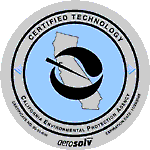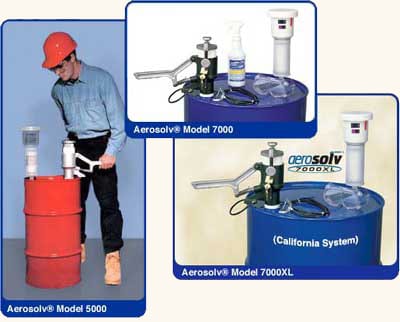No products in the cart.
Aerosolv Recycling System
Having problems getting rid of spent aerosol cans? Did you know that even if you think the can is empty, it is still considered hazardous waste?
The EPA says “a container that has held a hazardous waste that is a compressed gas is empty when the pressure approaches atmospheric.” (EPA 40CFR261.7(b)(iii)(B)(2)).
But how can you be sure the aerosol can is “empty”?
For safe and quick disposal of aerosol cans, the Aerosolv is the only solution. The Aerosolv punctures the aerosol can and evacuates the contents into a 55-gallon drum. The liquid is collected in the drum ready for disposal, while a two-step filter that includes an activated charcoal stage for VOC’s adsorbs the propellants.
Recycle aerosol cans
Once punctured, the aerosol can is rendered harmless and now the container is a valuable resource – as recyclable steel.
When setting up multiple drums to collect paints, lubricants or similar fluids for reclamation or recycling, it may even be possible to eliminate the liquid from your disposal wastestream.
How it Works
The Aerosolv® puncturing unit threads directly to the 2″ bung of any 30 gallon or 55 gallon drum. The operator inserts an aerosol can upside down into the Aerosolv® unit and locks the safety cap. With a press of the handle, a carbide-tipped puncture pin pierces the dome of the aerosol can. The carbide tip is non-sparking, one of many safety features you’ll appreciate about the Aerosolv® system.
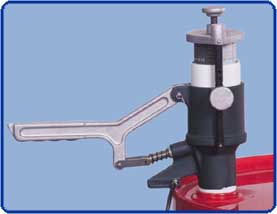
Liquids Collect Directly Into the Drum
Residual liquids collect safely in the drum, ready for eventual transportation without further handling. And one 55-gallon drum will hold the residual liquids from 4,000 spent aerosol cans. As solid waste, the same aerosol cans would require at least forty 55-gallon lab pack drums at a disposal cost of $10,000 or more.
Residual Propellant Is Filtered Of VOC’s 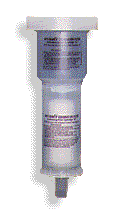
The Aerosolv® Combination Filter threads directly to the 3/4″ bung of the drum. Although not required by RCRA for aerosol can disposal, the filter addresses air quality and emissions standards.
Innovative 2-Stage Filter Does Two Things
The base of the Combination Filter is the Coalescing Cartridge. In it, the specially designed filter media coalesces microscopic liquids from the escaping propellant and forms them into droplets. The droplets collect in the reservoir of the Coalescing Cartridge and can be easily drained, directly into the drum if desired, by opening the drain valve on the bottom.
Carbon Filter Adsorbs VOC’s
After leaving the Coalescing Cartridge the propellant moves through the Activated Carbon stage to adsorb the hydrocarbons and odor. Made from ground coconut shell, the activated carbon promotes rapid evacuation of the propellant from even a full aerosol can.
Independent lab tests indicate the VOC removal is significant: the propellant from a full can measured 70% below the OSHA Short Term Exposure Limit (STEL) for Toluene and 95% below for Xylene. From an empty can, the propellant measured 98% below the STEL for both. Total hydrocarbon emissions measured 70% below the 300 ppm desired limitation.
For more information on the Aerosolv® Models, please visit our Online Catalog.
Information contained here provided by Katec Inc. Aerosolv® is a registered trademark of Katec Incorporated
Aerosolv® Models
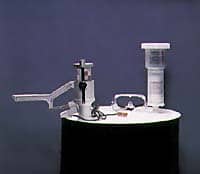
The Original Model 5000
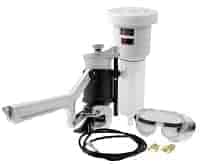
The Model 7000C
